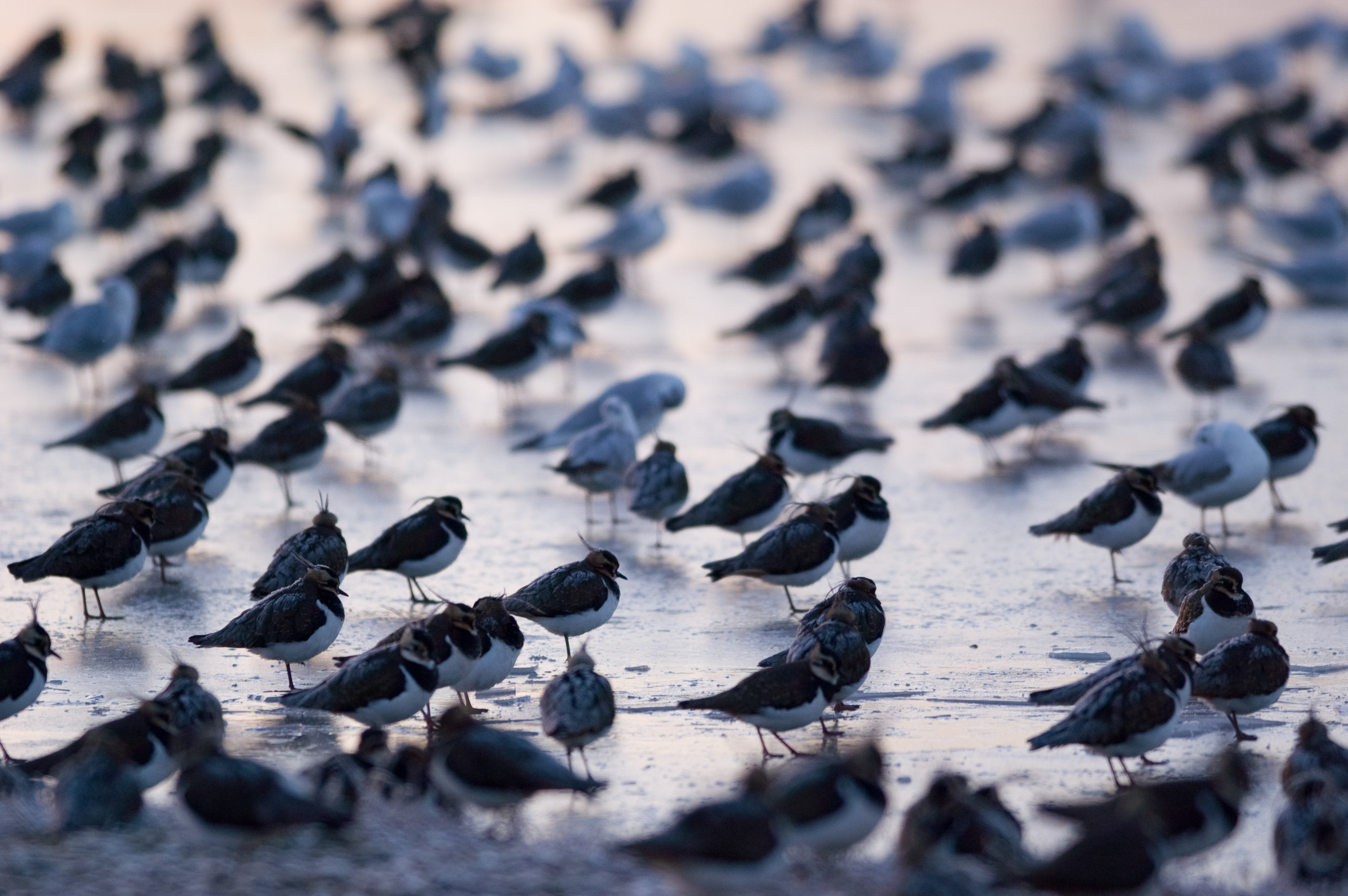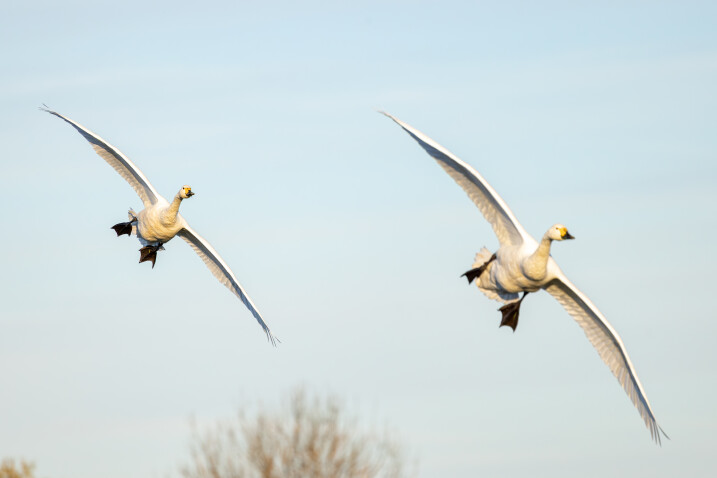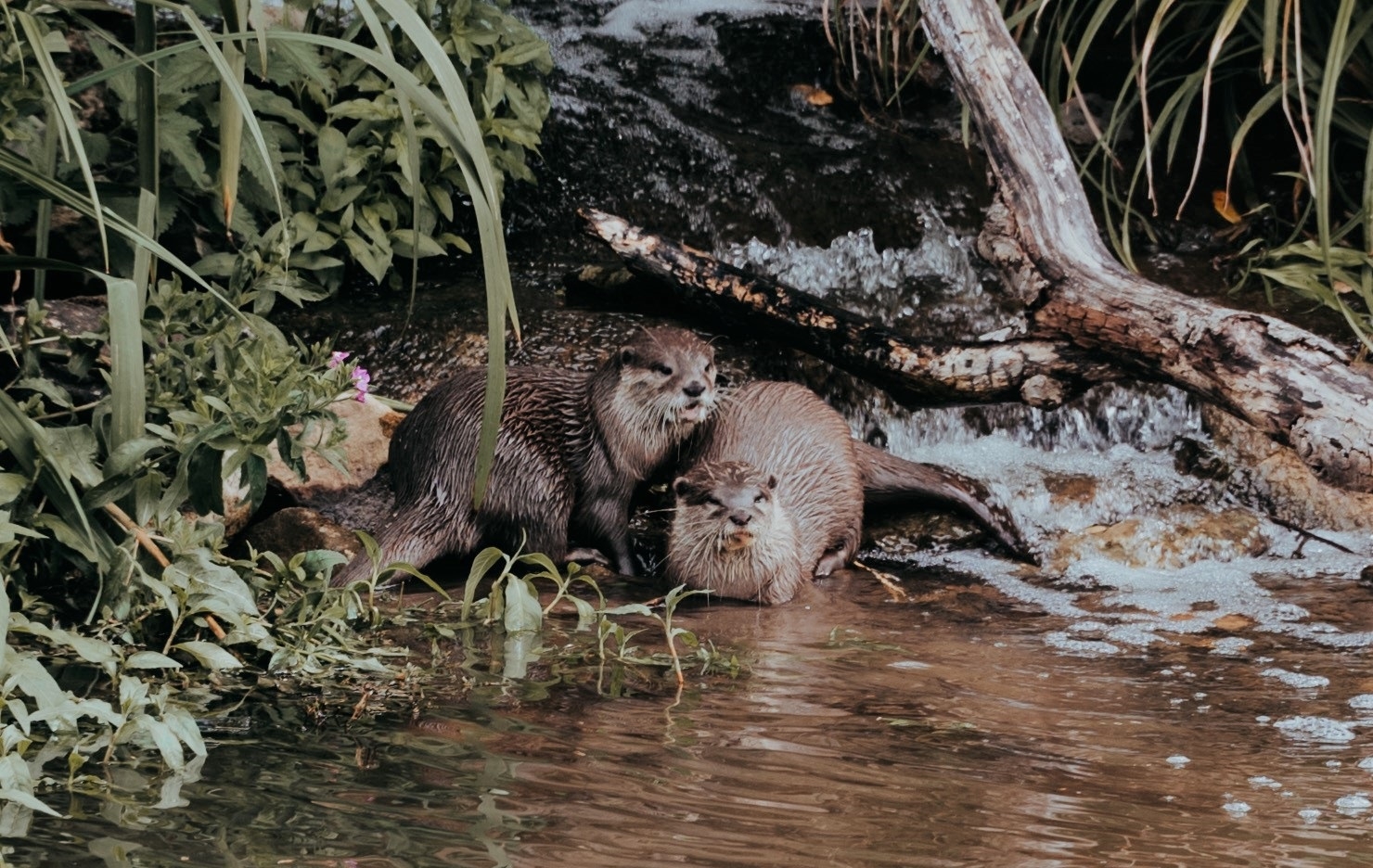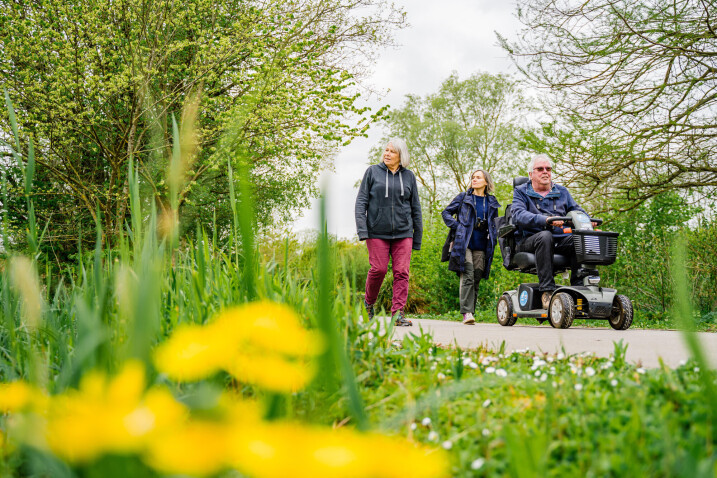Most successful year for cranes!
We have had our most successful year on the reserve for the number of common crane pairs nesting, chicks who have hatched and juveniles which have fledged.
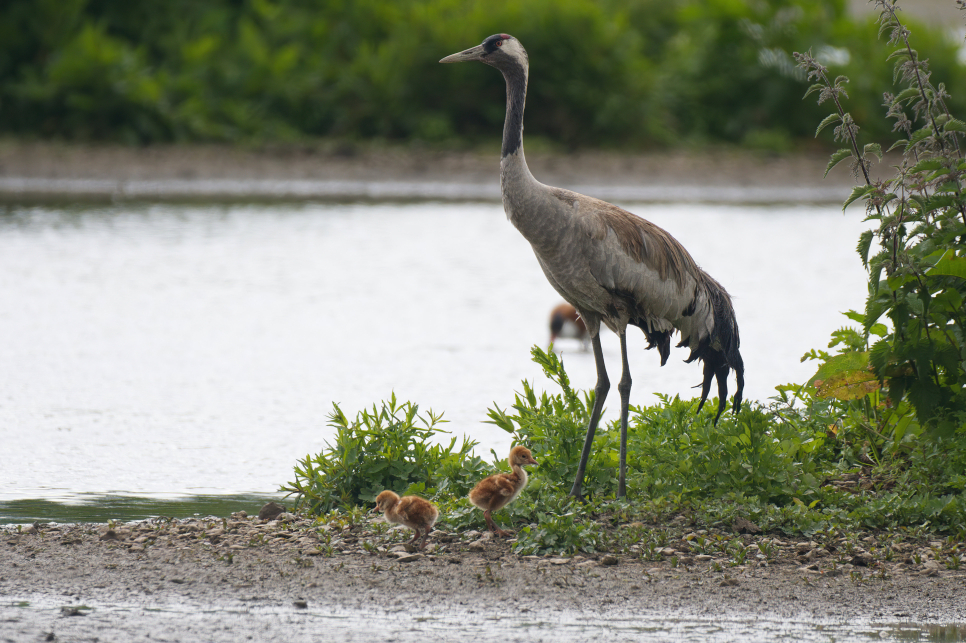
We have had our most successful year on the reserve for the number of common crane pairs nesting, chicks who have hatched and juveniles which have fledged.
The common crane was once lost from the UK for nearly 400 years, but thanks to conservation efforts their population numbers have once again hit record levels. From 2010-2014, 93 common cranes were hand-reared and released onto the Somerset Levels and Moors – doubling the UK population, and helping to secure the future of the species in the UK.
Slimbridge is one of the easiest places in the UK to see wild cranes as the birds that were released in Somerset for the Great Crane Project – a partnership between WWT, the RSPB and Pensthorpe Conservation Trust, frequently fly up the Severn estuary, to us, and several adopted it as their permanent home.
Staff and volunteers are able to identify the birds which have successfully bred, by their individual coloured leg ring and the birds have all been named.
This year pair Kia and Chocolo, who can often be seen on the Rushy Lake, hatched two chicks this year and successfully fledged their first chick. Chocolo arrived at Slimbridge in 2019 after abandoning his previous partner who had been injured and had lost her foot.
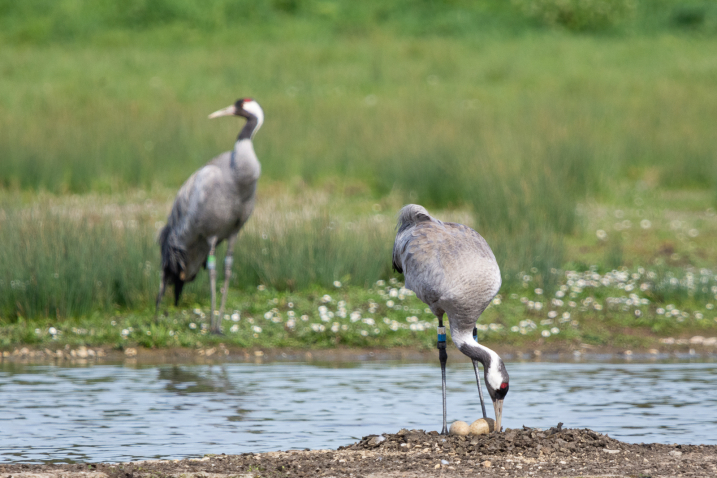
Kia and Chocolo - credit Sarah Freeman
Ruby and her un-ringed wild partner who can often be seen from the South Lake also hatched two chicks and successfully fledged one. Ruby lost her previous partner, Bart, a few years ago and since paired with the un-ringed wild bird who arrived shortly after Bart’s death.
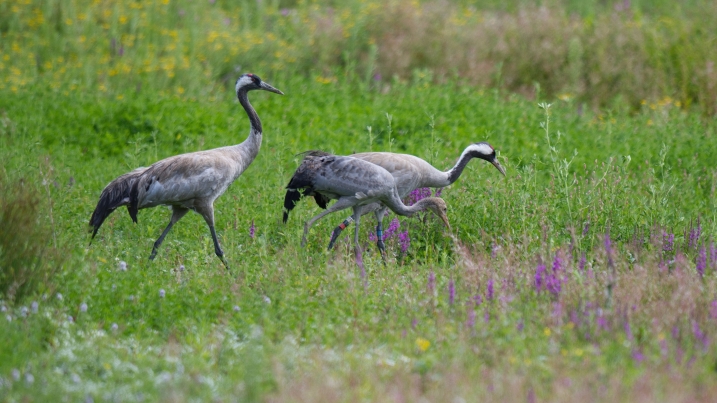
Crane family on South Lake - credit Jonathan Bull
Crane pair Wendy and Albert, who have been out on the reserve, in an area called the Fifty Acre, have also had one chick which has fledged.
And finally pair Phelps and Elizabeth Royal have had one chick which has fledged. This pair can often be seen from the northern end of the reserve.
Sadly pair Oakie and Sherbert, who can often be seen from the Zeiss hide, had two chicks which were lost. And pair Monty and Evie had three nesting attempts but to no success.
Reserve Manager at Slimbridge Dave Paynter said:
This has been our best breeding year yet for the cranes and we hope this is, in part, due to some of the habitat improvement on the reserve over the past two years. This was made possible with the help of Bennetts Cranes and their ‘Cranes for Cranes’ campaign which aims to raise awareness of the species and help build better breeding habitats.
Now that the young birds can fly, they’re less vulnerable to natural predators. With recent reports implying cranes are here to stay in the UK, this is another boost to the future of our growing UK population.
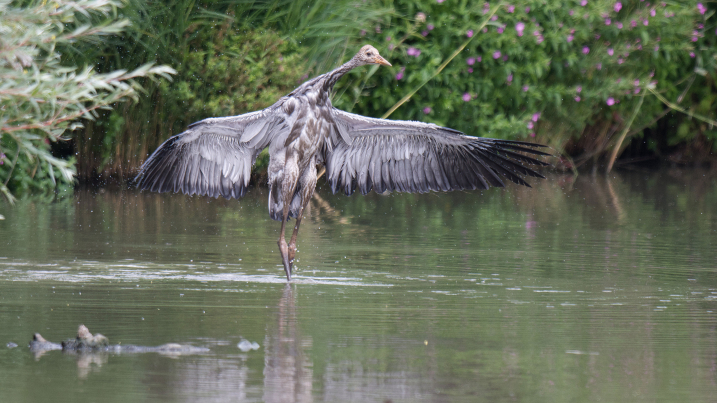
Crane juvenile having a wash - credit Jonathan Bull
Look out for the crane families on your next visit to Slimbridge!
For more of the story listen to Dave Paynter on BBC Radio Glos around 3 hours 20 minutes in here.
